Last summer, I learned my lesson the hard way about storing my camping gear in the right conditions. I kept my stuff scattered around a hot garage and, when I took my backpacking stuff out for a multi-day trip in the early fall, the straps on my pack started to tear apart. Over the course of the summer, the materials in those straps had begun to break down and become brittle. Thankfully, I had some paracord with me to keep the pack together for the rest of the trip, but after that incident, I read up a little on how to properly store camping gear.
Ways to Store Your Camping Gear
Keep it Indoors
Camping and backpacking equipment is designed and tested to withstand the harshest extremes of temperature, weather, and wear, but that doesn’t mean that it’s invincible. Over time, extremes of heat, cold, and humidity can break down the materials used to make camping equipment in unpredictable ways. While a few days or weeks in harsh environments won’t do much to harm your equipment, long-term exposure certainly can.
Thus, I now store all of my camping equipment indoors. So long as my home is properly air conditioned and maintained, I don’t need to worry about my gear aging or falling into disrepair. Plus, keeping your stuff inside protects it from insects, fungi, and other organisms that might start to grow on it. But, you shouldn’t just take all your stuff and shove it into a corner or closet, either.
Get Dedicated Storage Containers
I keep most of my equipment in two large plastic bins I got from a department store. They’re cheap but effective at keeping my gear contained and protected. Having dedicated storage for your camping gear serves three purposes.
- First of all, these containers help you to keep your stuff organized and avoid wasting time before your next expedition.
- Second, a lidded container should protect your things from any dust, dirt, and humidity that might be present in your home.
- Lastly, these containers also protect your home from your equipment. How many times have you come back from a trip covered in dirt, or with some insects riding along on your gear? Keeping that stuff contained with your equipment (before you clean it) is great for the home.
Lots of people have a shelf or rack for their camping equipment, but my recommendation is to get something with a lid, for the latter two reasons above. Don’t forget to wash both the gear and the containers after a few trips!
Food Items
Most people bring more than enough food when they go camping, so when you get home, it may be tough to find a spot for those items. I recommend against storing food with the rest of your gear since even if everything stays inside of a sealed package, you might still start to see mold growth on your equipment with food stored nearby.
Any perishable items should be eaten immediately or thrown out, even if you think they look good. Many foods start to deteriorate rapidly after even a single day outside of the refrigerator. If you don’t expect to eat it all within one day of getting home, then throw some out. Non-perishable items, like canned or packaged food, can be stored in the pantry with your other foodstuffs. If you’d prefer to save those items for your next expedition, I’d advise that you keep them near your storage bins, but not inside of them.
Storing Wet Gear
Never drop your wet gear into a storage area and call it done. Anything that got wet during your expedition needs time to dry out thoroughly before being stored away. Otherwise, you could start to see mold and bacterial growth on your stuff, which can potentially wear away at the materials and leave them with permanent foul odors. Whenever I get home, I hang up any wet items on the fence behind my house, unless it’s about to rain. On rainy days, I dry out my gear by hanging it up in the shower. Here’s a guide i wrote on how to store your wet tent.
Camping Clothes
As a final aside, I recommend storing your dirty camping clothes separate from any other laundry in your home. These articles may need a more thorough wash cycle and could have dirt and contaminants that may harm the rest of your laundry. Get a separate bin or hamper for your camping clothes and wash them in a high-intensity cycle of their own.
Conclusion
While it might make sense at first to store your outdoor gear outside of your home, I know firsthand just how destructive that can be for your equipment when the weather turns bad. Take care of your stuff at home, because if the first time you identify problems in your kit is when you’re out on the trail, you might not get the chance to save your stuff. If I didn’t have paracord on me, I probably would’ve had to turn back and leave all my non-essential gear behind. All because I didn’t think to keep my expensive stuff somewhere safe.

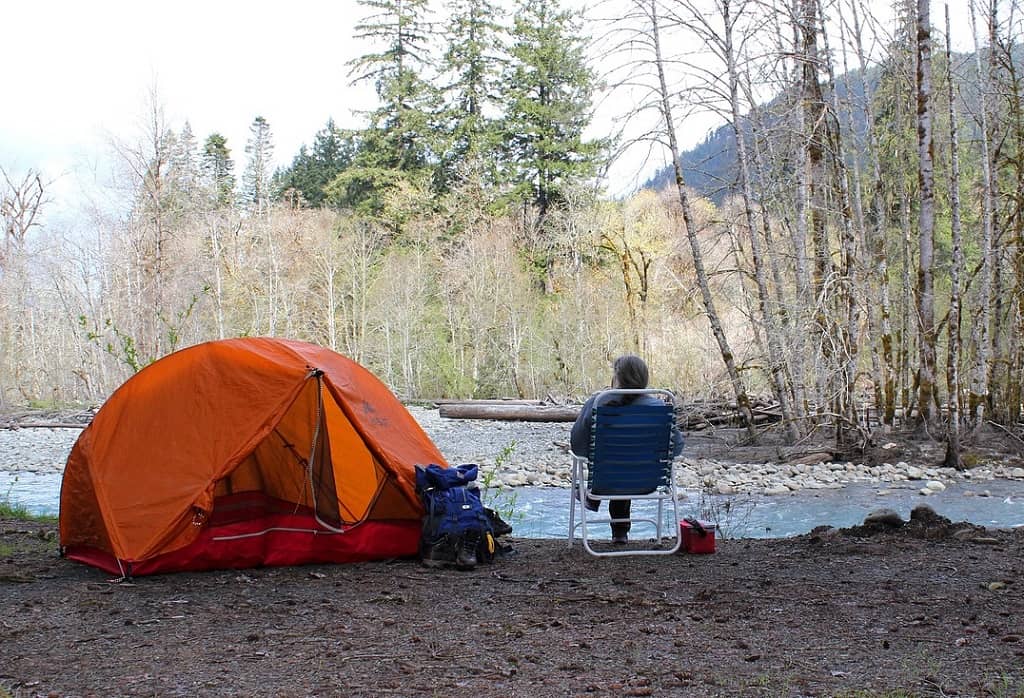
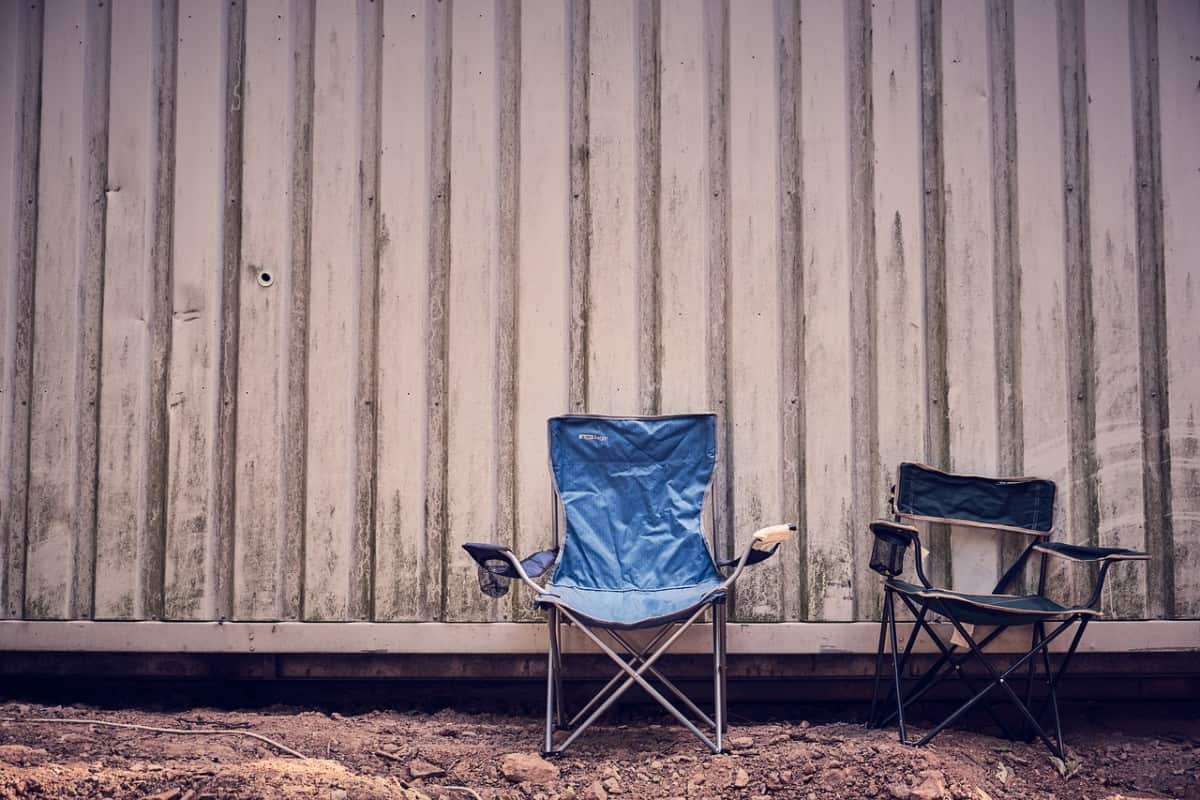

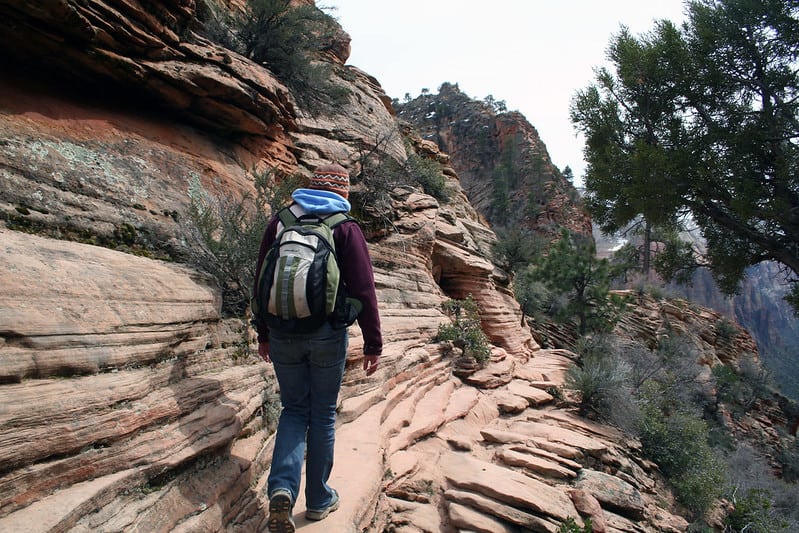
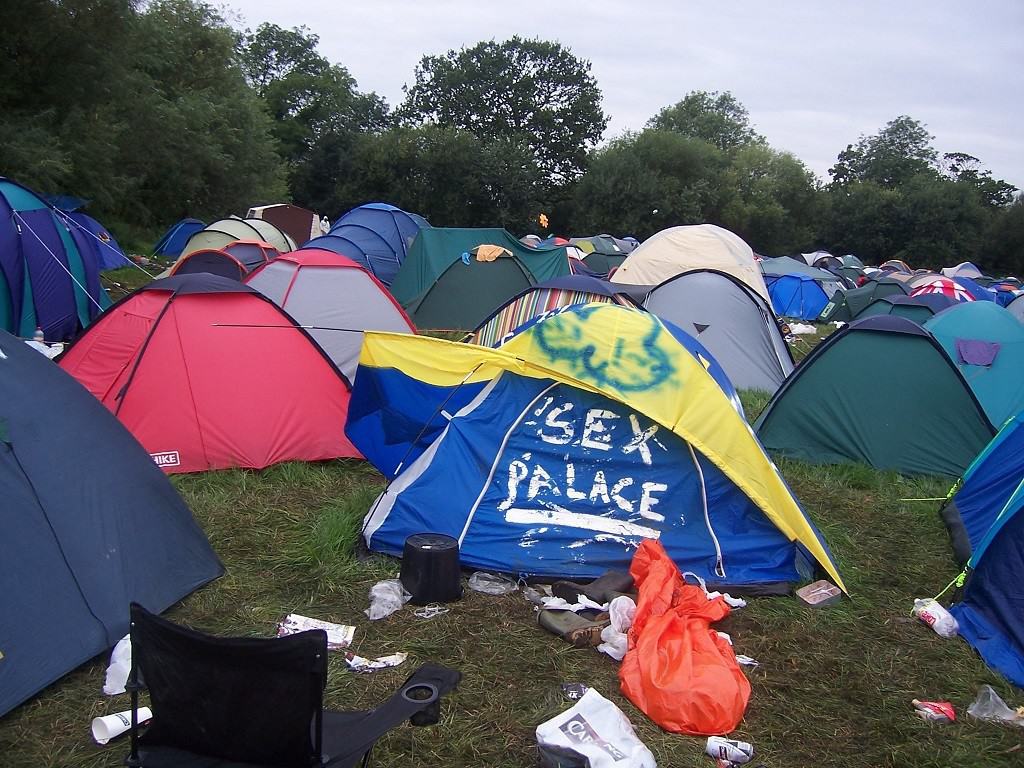

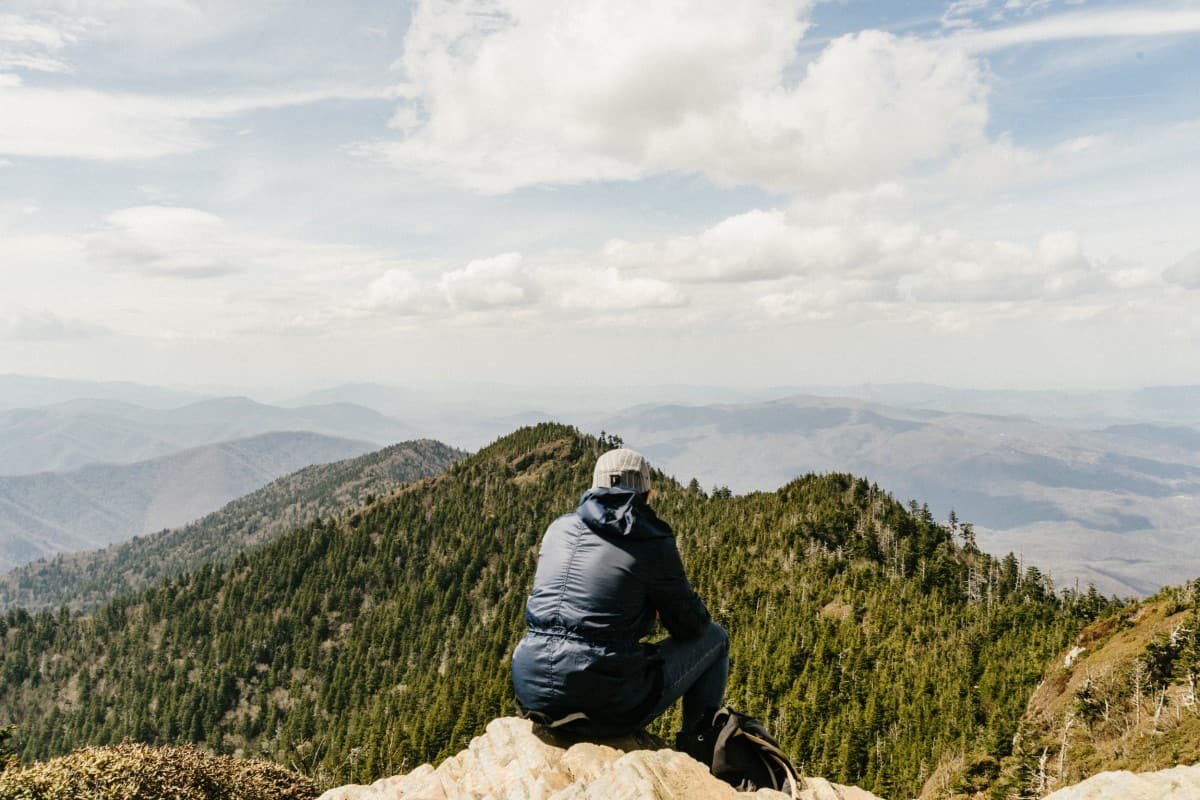
Leave a Comment